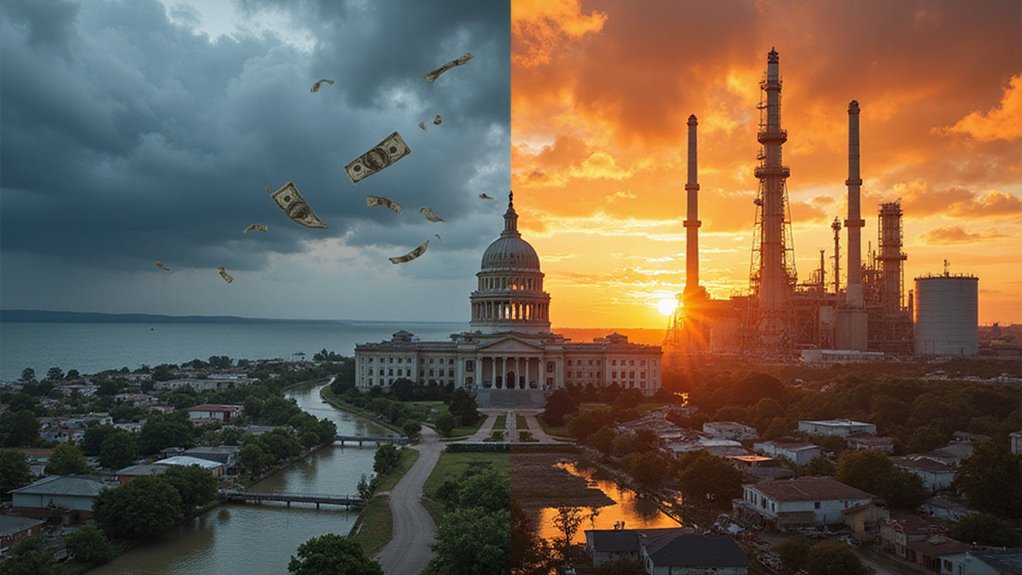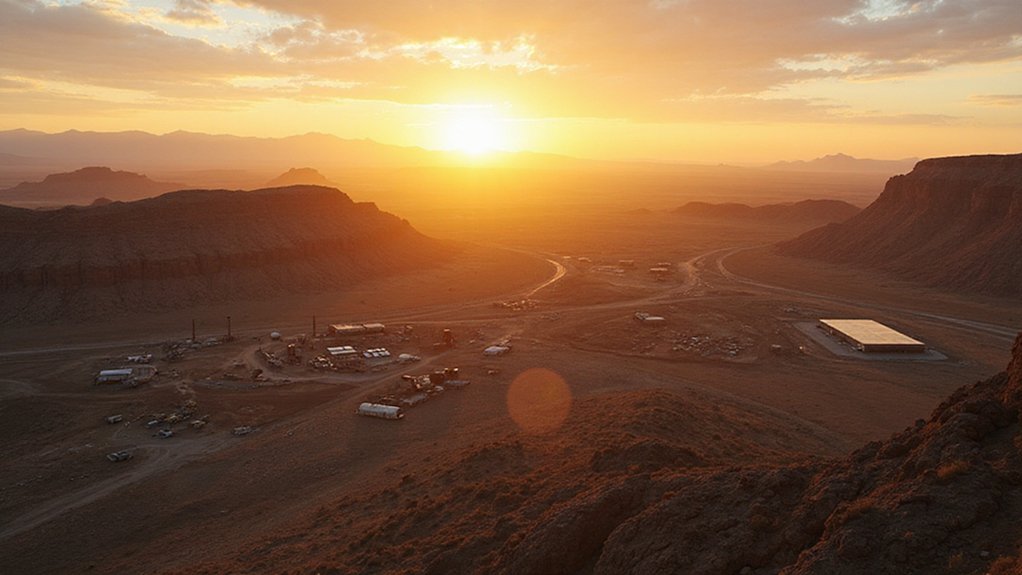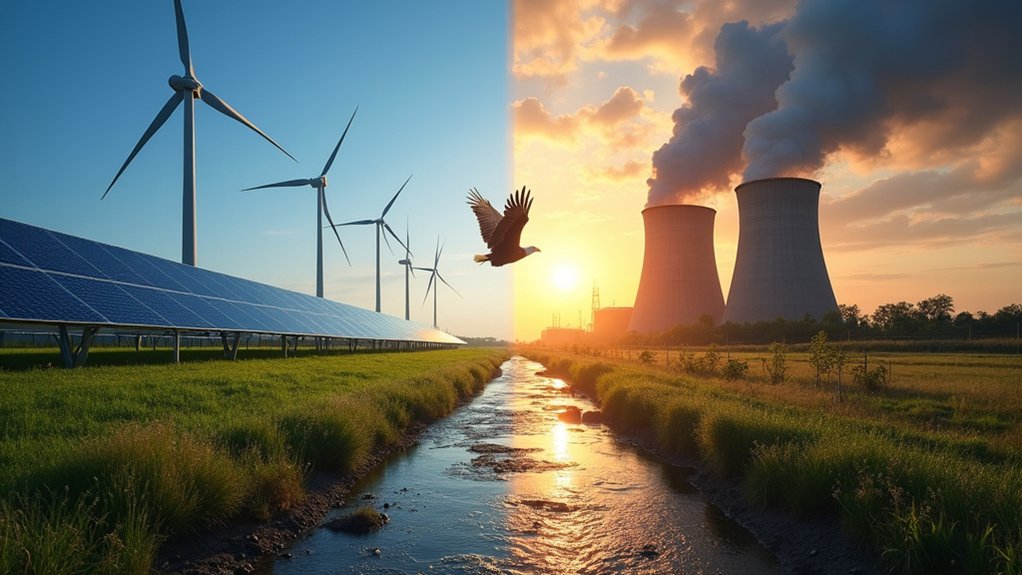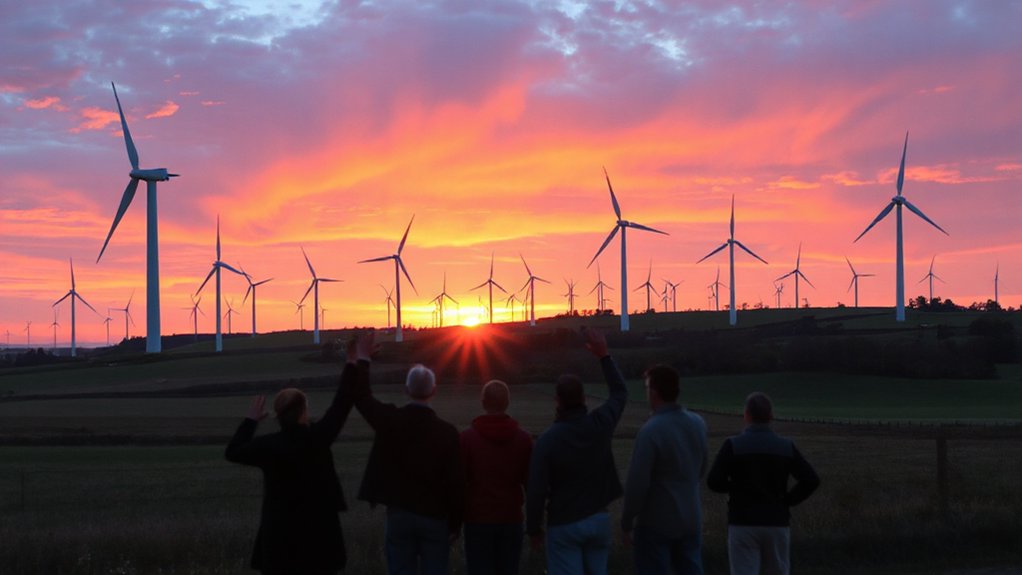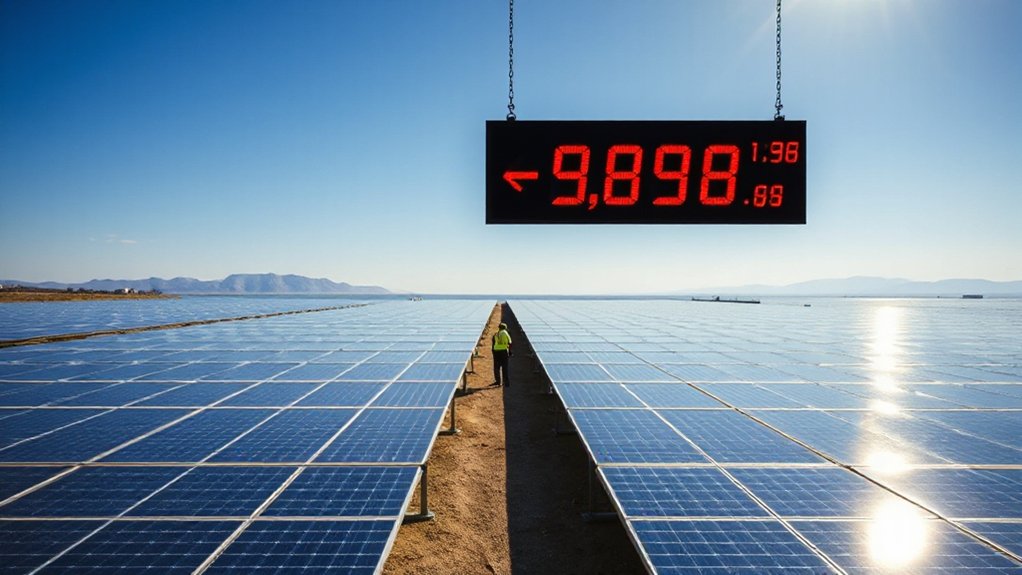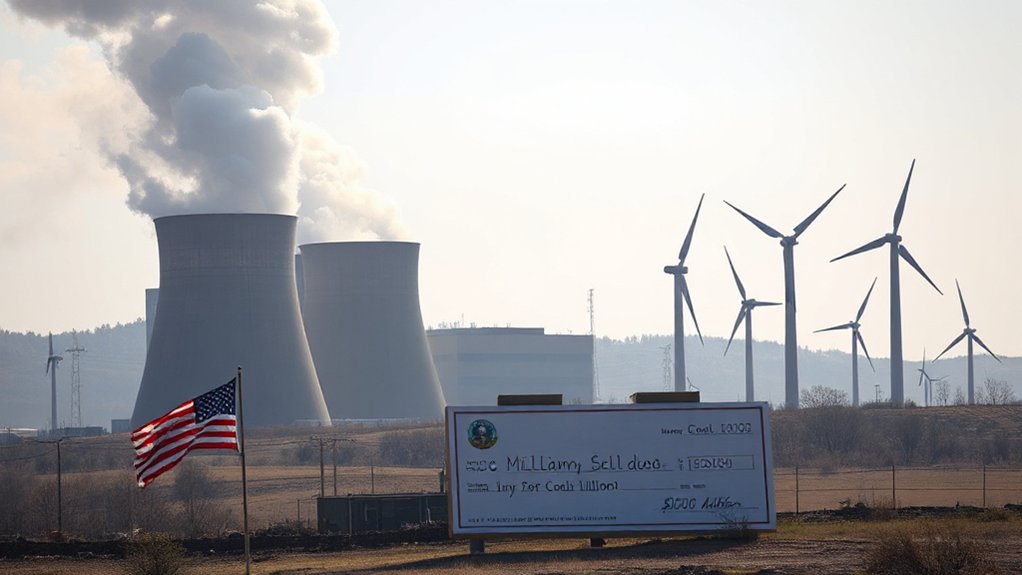As states across the country face growing climate change costs, a wave of “polluters pay” legislation is targeting major fossil fuel companies. Vermont and New York set the trend in 2024 with first-of-their-kind climate superfund laws. Now, at least ten more states plan to introduce similar bills in 2025, including California with its Senate Bill 684, the Polluters Pay Climate Superfund Act.
These laws are modeled after CERCLA, the 1980 federal legislation that made companies pay for toxic waste cleanup. The new state bills apply this same principle to greenhouse gas emissions. They hold fossil fuel producers strictly liable for climate damage costs, regardless of whether companies acted improperly.
The polluter pays principle extends from toxic waste to greenhouse emissions, creating strict liability regardless of intent.
States are moving quickly as taxpayers struggle with growing climate costs while oil companies report record profits. The timing isn’t coincidental – reports indicate the Trump administration plans to cut federal climate funding, leaving states scrambling for solutions.
The bills establish state-managed funds supported by fees on fossil fuel producers. This money goes directly to climate adaptation projects, with many 2025 bills specifically earmarking funds for environmental justice initiatives. These initiatives ensure that at least 40% of funding addresses needs in underserved communities disproportionately affected by climate change. The fees are designed to be proportionate to each company’s contribution to climate change.
Federal resistance emerged in April 2025 when the White House issued a “Protecting American Energy From State Overreach” action. This pushback claims state legislation creates barriers to energy market entry. Despite this pressure, states show no signs of backing down.
“It’s simply about fairness,” one state legislator explained. “Why should taxpayers foot the entire bill when companies responsible for emissions profit while communities suffer?”
Many states are watching Vermont and New York to see how their programs develop. If successful, these bills could collectively require fossil fuel companies to contribute hundreds of billions toward climate adaptation infrastructure.
This legislation comes at a time when renewable energy has already powered nearly 30% of global electricity, offering a cleaner alternative to fossil fuels.
As climate impacts intensify, the battle between states and the federal government over who should pay for climate damages appears to be just beginning. The struggle marks a significant shift from the historical pattern where governments and individuals bore 100% of climate-related costs.
References
- https://grist.org/accountability/climate-superfund-law-maryland-california-vermont-new-york-trump-lawsuits/
- https://ncelenviro.org/articles/polluters-pay-how-states-are-filling-the-federal-climate-funding-gap-in-2025/
- https://www.hklaw.com/en/insights/publications/2025/05/an-update-on-climate-superfund-laws-and-climate-change-lawsuits
- https://www.whitehouse.gov/presidential-actions/2025/04/protecting-american-energy-from-state-overreach/
- https://blogs.law.columbia.edu/climatechange/2024/03/14/state-climate-superfund-bills-what-you-need-to-know/
